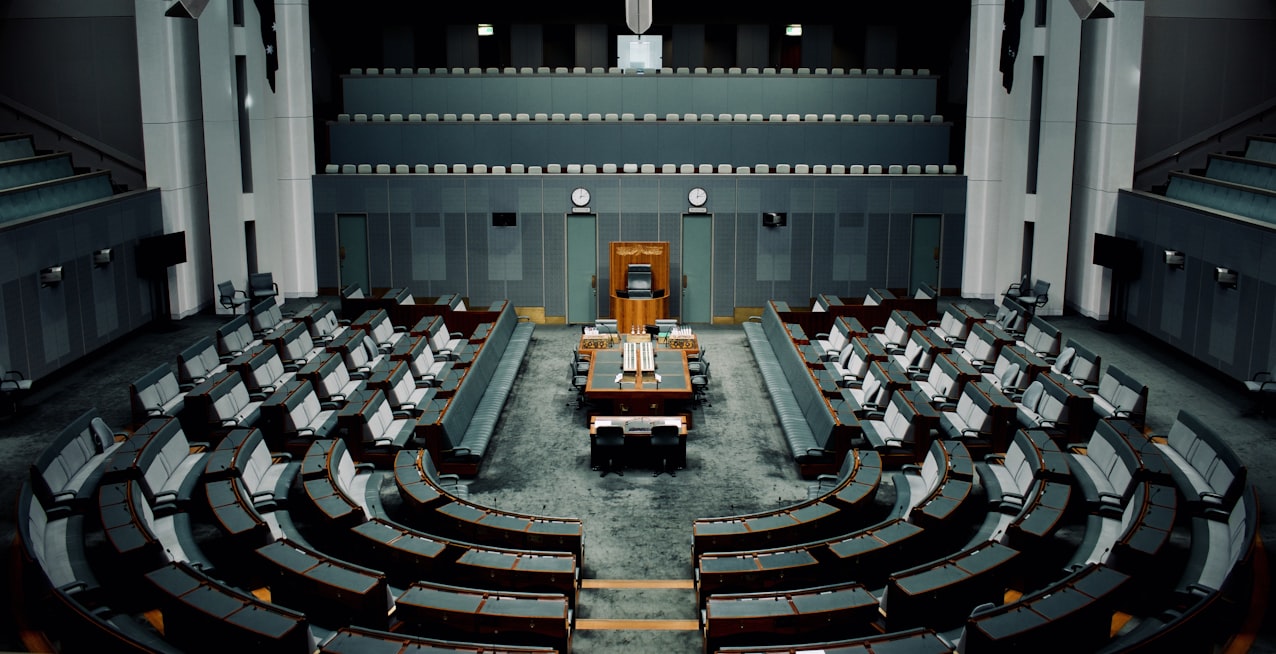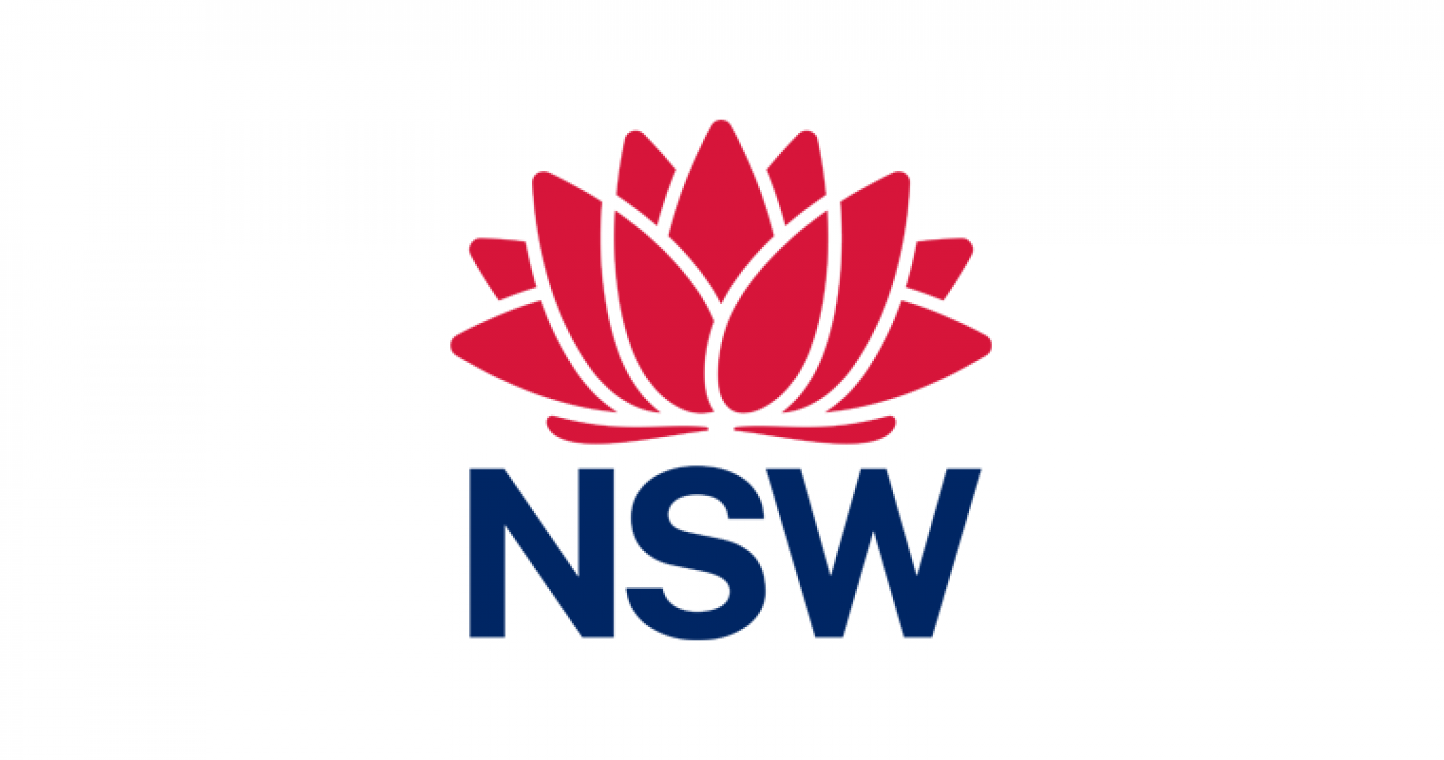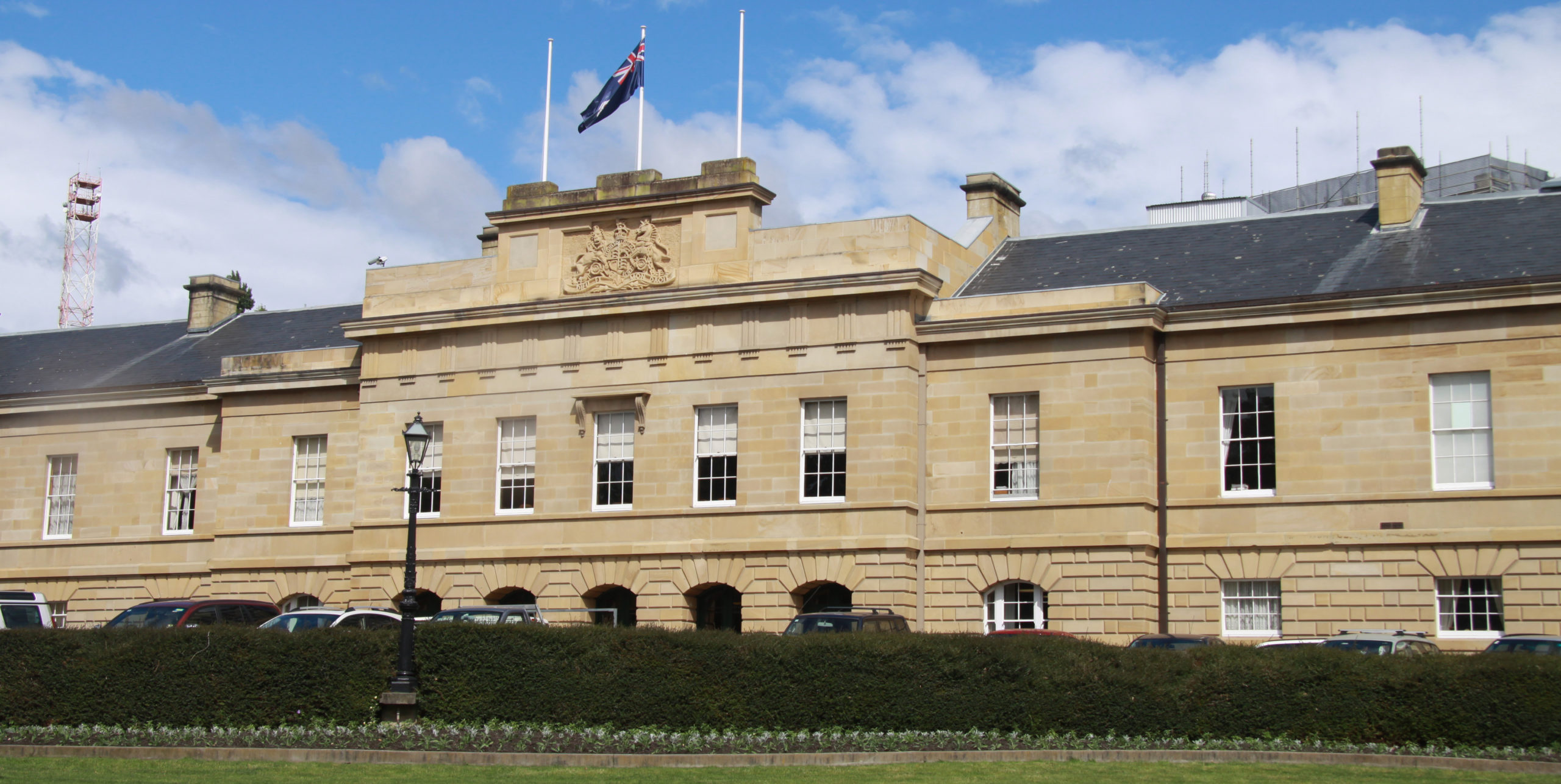Australia risks being left out of lucrative new markets for renewable energy-related manufacturing unless government provides an urgent, domestic response to match powerful incentives introduced by the U.S and several other industrial nations.
The finding is published in a new report released today by the Australia Institute’s Centre for Future Work, as part of the 4th National Manufacturing Summit, being held in Canberra.
Key points:
- There is an overseas manufacturing boom in the productions of batteries, electric vehicles, renewable energy generation and transmission equipment, and other renewable energy products.
- This boom is being driven by incentives provided by the Biden Administration’s Inflation Reduction Act, and similar supports in the EU, China, Japan, Korea, and Canada.
- Meanwhile, Australia is considering its response, but no clear strategy has been announced.
- The report estimates the proportional investment required to match the American IRA in the Australian context at between $83 to $138 billion over 10 years in fiscal supports and incentives to match U.S. benchmarks.
- Several qualitative best practices should also be included in the Australian response to the IRA to generate maximum economic, social, and environmental impact: these include strong labour and environmental standards attached to subsidised projects, public equity participation, and parallel investments in training for workers to fill the new jobs.
“The extraordinary response by industry to the U.S. measures confirms that these policies are having an outsized effect on the volume and location of sustainable manufacturing investment,” said Dr. Jim Stanford, Director of the Centre for Future Work and co-author of the report.
“It also confirms that Australia must move quickly with its response to this new industrial landscape, or risk losing its chance to leverage our renewable energy resources into lasting, diversified industrial growth.”
Charlie Joyce, a research fellow at the Centre and co-author of the report, noted: “The global race for clean technology manufacturing is well underway, and Australia is barely on the track.”
“Australia has many advantages when compared to other competitors in this market, including an unmatched endowment of renewable energy sources and ample deposits of critical minerals.
“However, the painful legacy of decades of policy neglect for domestic manufacturing has left our industrial base in poor shape to seize the opportunities opening up ahead of us.”
“If we don’t support domestic manufacturing to quickly enhance its production, skills, and technological capabilities, all that will happen is we will replace one set of unprocessed minerals: coal, oil and gas; with another: raw lithium and related critical minerals.”
“Without action, most of the spin-off benefits of the renewable energy revolution for industry, technology, value-added and diversification will pass us by,” said Mr. Joyce.
The report estimates the proportional investment required to match the American IRA in the Australian context at between $83 to $138 billion over 10 years in fiscal supports and incentives to match U.S. benchmarks.
“That is a big fiscal ask by any standards, but not out of reach for Australia,” said Dr. Stanford. “But the common claim that Australia cannot afford to undertake proportionately equivalent measures is not convincing.”
“Our federal budget is in much better shape than the U.S. And the government has committed to other, less pressing priorities which are just as expensive – such as nuclear submarines, Stage 3 tax cuts, and ongoing fossil fuel subsidies.”
Please see the full report, Manufacturing the Energy Revolution: Australia’s Position in the Global Race for Sustainable Manufacturing, by Charlie Joyce and Jim Stanford.
The paper is being released at the 4th National Manufacturing Summit, being held at Old Parliament House in Canberra from 8.30am to 4.30 pm on Thursday, August 3, co-sponsored by Weld Australia, the Centre for Future Work, and several industry bodies.








